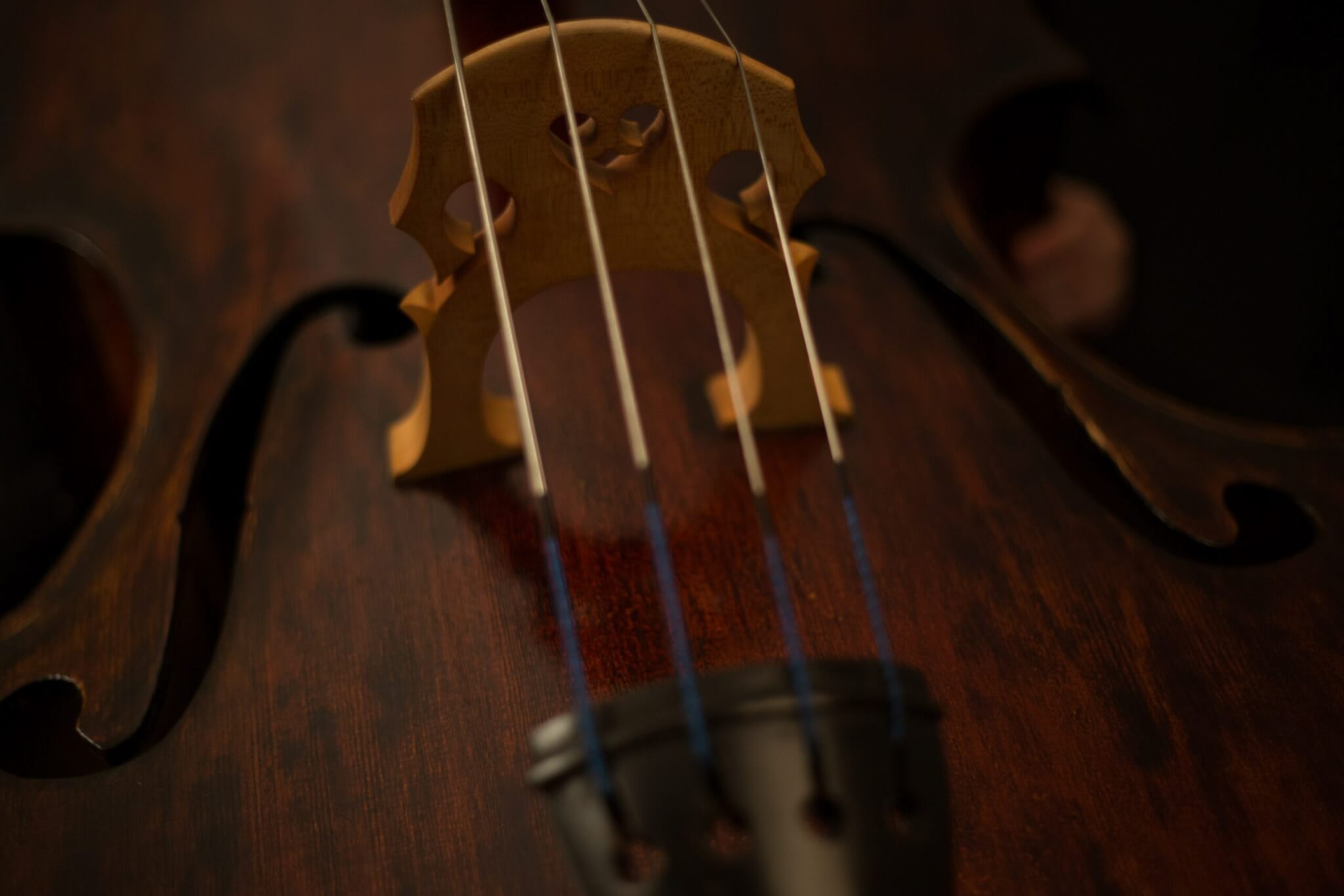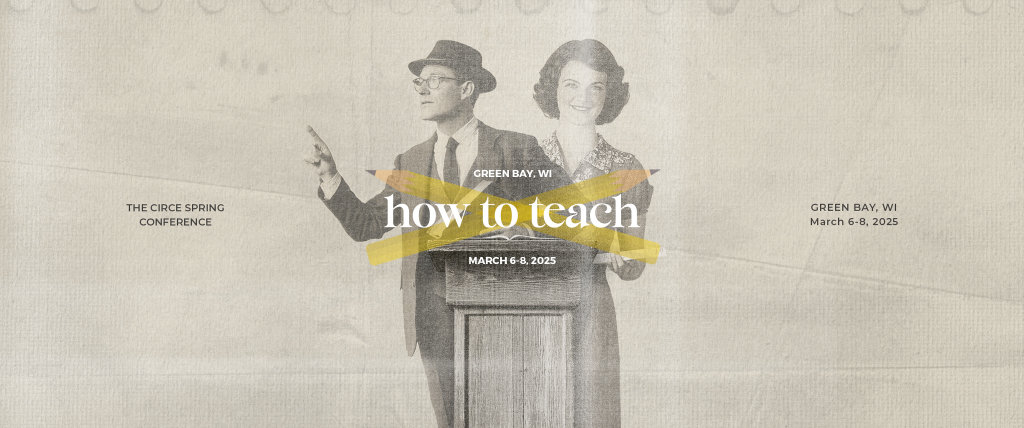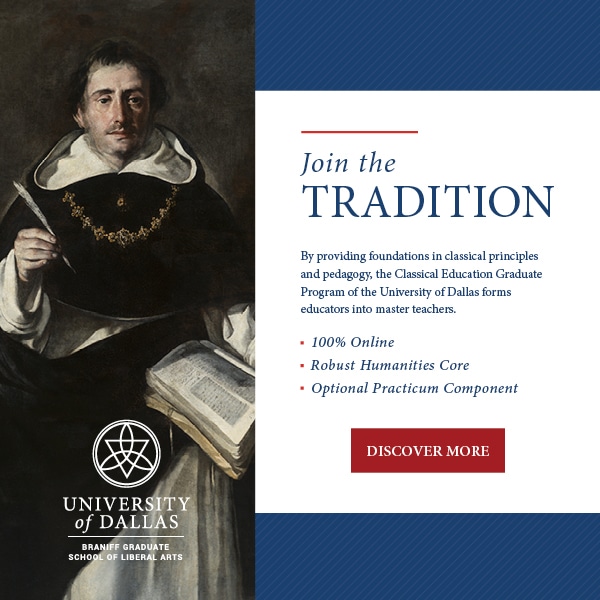Musica Scientiae

Frankly, I only listened to John Mays because I was painting a cabinet and had at least another coat ahead of me. The last day of access to the Greater Homeschool Convention recordings compelled me to listen as long as I held a paintbrush.
Mays is the author of Novare Science textbooks and gives a lecture on the value of the artistic voices of painters, composers, and poets in science instruction. Most delightfully, he is a scientist who boldly cries through the reading of great poetry, and who will sing all the verses alone, a capella, on record for all posterity, when the hymn needs singing.
He’s a science teacher who will give Gerard Manley Hopkins his full say on comets, knowing he will choke through the best lines, and understands science through a frame much wider than a telescope’s lens. In the words of the fictional detective Lord Peter Wimsey, “Pray silence for the soloist. But let him be soon over, that we may hear the great striding fugue again.”
When knowledge is unified in the logos of Christ, it is perfectly natural to see that things are connected by their nature, and that if they are connected, then their pursuits must intersect. And if the balanced equations on a page or the crystals forming in a dish do not ultimately lead to wonder and to worship, the purpose of discovering order and pattern arrayed in the petals of flowers and the paths of planets, is lost in practicality. We may cure diseases and build safe bridges, but we will all still die.
The decoupling of domains has forced our conception of knowledge into an artificial channel. A truncated epistemology that can only analyze, strip for parts, is sniffing in the wrong direction entirely. We have partitioned the many realms and ne’er shall the sundered pieces meet. I wonder, though, could Eratosthenes have measured the earth at the waist had he not also been a poet? The inspiration of the muse is the pulse of investigation, and its reward. When the inquiries of the arts and the science are wedded, they launch us from theory to practice to awe, from observation to replication to wonder. It shows us that the ineffable is both the start and end of the empirical.
When I was in high school, I had a gray-haired voice teacher named Mrs. Noska who lived in a dark Victorian house with heavy millwork and who made me sing madrigals. On the weekends, she and her husband liked to find busy public buildings like museums with great, tall stairwells full of people. They would stand in the crowd and hum softly until they found the pitches at which the stairwells resonated. Then they would hum in harmony, just so quietly, until the whole room vibrated so roundly that the sound had no locus, and the crowd became alarmed and hurried for the exits. It’s a delicious thought, all that acoustic resonance, all that fearsome power from the tiniest vibrations.
The harmony of knowledge has an obvious corollary in our faith; neither a catechized answer that remains academic, nor raw experience absent the rigor of Biblical study, is a safe tether to the fullness of reality. God speaks in layer upon layer of analogy, in words, in matter and in spirit. Finite minds receive in fragments, and by stitching together the many parts, bring a picture too great into something like resolution. Enough to tantalize, and both the head and chest must partake. For that matter, even the belly is trained into resonance by the freshest grape, the richest cheese, the marital embrace. Why should intimacy with God’s world, and through it, intimacy with God, involve less than every facet of our humanity?
And so I come to Sunday morning, with all my senses deprived by isolation, and sit in my car among vans appropriately spaced, for a parking lot service. A single musician plays over the speakers and when I add a quiet layer of harmony to the hymn, I instantly feel a strange vibration. The driver beside us is singing the same harmony line. If you are a musician, you know that when you hear (or feel) someone doubling your part, you are both compelled and freed to add the third line.
I added a third line.
I doubt anyone heard or cared. But I, like John Mays, cannot experience certain poetry, though I hear it a thousand times, without choking up. Harmony, like marriage, pictures a small part of the fulfilment of all longings. This is the sense that Mays exhorts us to apply, whether dissecting a cow’s eye on the kitchen table or cracking Euclid for the first time with your teenager. Mrs. Noska, shaking the museum stairwell, or the stranger in the next dressing room who once harmonized with me to the department store radio, could attest. There is a truth that is sensible, mathematical, and yet only fully realized in the magic of the muses on a plane that we cannot discover. But it reveals itself to all who will sing along.

Elizabeth Vaughn Do
Elizabeth Vaughn Do is a writer and classical home educator with an MA in International Diplomacy and a BA in Journalism. She has written for Fathom Mag and St. Austin Review. You can find more of her writing at www.thewifeofleisure.com










